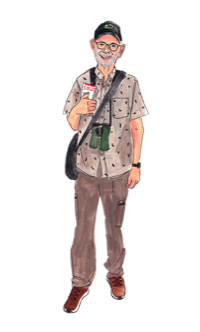All photos and text by Jack Rothman. All rights reserved. No photo may be copied or duplicated without written permission. Copyright 2025.
Updated 6/14/25
City Island Birds
Since 2007
Welcome to City Island Birds. My name is Jack Rothman. I created this website and birding club because this area of New York City is little known and underutilized by birdwatchers and other nature lovers. Pelham Bay Park, with its woods and wetlands is a critical stopover and nesting area to many migratory species.
Birding News
City Island Birds was created in 2007 to bring birders, and would be birders, to the park. Everyone has always been and always will be welcome. Our walks are always inclusive, friendly, non-competitive, fun and free. We all love to see great birds, but without each other, it's never as enjoyable.
Saul's Science Watch
My birding buddy Saul has been writing wonderful science articles for the Hudson River Audubon Society. You can link for years of wonderful insights and information. Just scroll to the bottom of the page for a complete list of the articles.
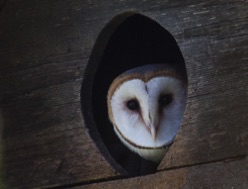
Five Quick Beginning Birding Suggestions
1. Go out with a group or an experienced leader. You'll learn how to use binoculars, find birds, meet interesting and friendly people.
2. Wear appropriate clothes. Weather is always a little more extreme in open spaces. Don't wear your brand new $200 running shoes. It can be muddy.
3. Most leaders have binoculars to lend if you don't have your own. Opera glasses are pretty useless for birding. If you want to buy a pair, email me and I will make suggestions depending on your budget.
4. Bring a snack and water. Most walks are a few hours. You'll see that birding is not fast walking. Expect to be moving slowly.
5. Get a portable field guide to bring with you when you bird alone. Use it at home too. Look for the Peterson or Sibley guide.
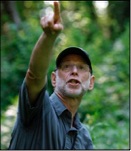
Barn Swallow nestlings in the NYBG Children's building many years ago. They look like they are ready to fledge. There are many nests under the trestle at the Split Rock golf course. Interestingly, the swallows don't seem to mind the rumble and vibrations when a train passes. If you continue walking on the Split Rock trail, there are many species. However, it is mosquito heaven, so wear repellent.
Here's a nest hole for a Hairy Woodpecker in the southern zone of the park a few years ago. I think there are less and less Hairy Woodpeckers and more Red-bellied Woodpeckers, my unscientific observation.
Soon it will be time to find your way to Nickerson State Park out on Long Island. Lot's of great birds and their offspring, including Piping Plover, American Oystercatchers like the ones pictured above, Common and least Terns and Black Skimmers to name a few.
A Willow Flycatcher at Turtle Cove. I've heard their "Fitz-Bew" call all around the park. They nest here.
Our fun group from the June 8 walk in the southern zone of the park. We saw 30 species many Yellow Warblers, Osprey, Common Tern, Orchard Oriole, and more.
Names Given To Groups of Birds
Based on History and Literature
From The Verb To Bird, Peter Cashwell (Paul Dry Pub. 2003)
A gaggle of geese ( in water)
A charm of finches
A tiding of magpies
A descent of woodpeckers
A mustering of storks
A parliament of owls
A host of sparrows
A siege of herons
An unkindness of ravens
A cast of hawks
An ostentation of peacocks
A murder of crows
A walk of snipe
From An Exaltation of Larks, James Lipton (Penguin pub. 1993)
A party of jays
A gatling of woodpeckers
A murmuration of starlings
(in air)
A clutter of starlings
(on ground)
A mutation of thrushes
A fall of woodcock
A skein of geese (in air)
An exaltation of larks
A shimmer of hummingbirds
A spring of teal ( ducks)
A sorde of mallards
A rafter of turkeys
A descent of woodpeckers
A convocation of eagles
A leash of merlins
We had long looks at an male American Redstart nest in the southern zone of the park.
Summer birding can be slow but areas such as Turtle Cove attract wading birds like this juvenile Black-crowned Night Heron.
Upcoming Birding Tours with Jack
It's nesting season so birds are generally quiet. We won't be walking at Hunter Island/Orchard Beach as there is a hefty parking fee. I will look ahead for another walk in the southern zone of the park, meeting in the parking lot of the Aileen B. Ryan recreational complex. The date is forthcoming.
When it gets hot, birds, like people, try to stay cool and are not very active. They feed in the cool morning hours and stay hidden the rest of the day. They are protective of their nestlings and try not to be noticed.
Another May bird is the Black-throated Blue Warbler. This is a male.
Pete Dunne, in his book, Pete Dunne on Bird Watching: The How-to, Where-to and When-to of Birding:
"The difference between a beginning birder and an experienced one is that beginning birders have misidentified few birds. Experienced birders have misidentified thousands."
A terrific ABA blog post called "Birding is Hard" from April 22, 2015 can be found here.
An Eastern Kingbird in late June at Turtle Cove a few years ago. They also nest in the park.
Black Skimmers can be found in the Orchard Beach lagoon or other areas near the shoreline. Easily found at Nickerson State Park.
Marsh Wrens nest in the reeds at Turtle Cove. You can hear them chatter.
A Clapper Rail at Turtle Cove in July. Last summer I had a look at some chicks scooting across the path.

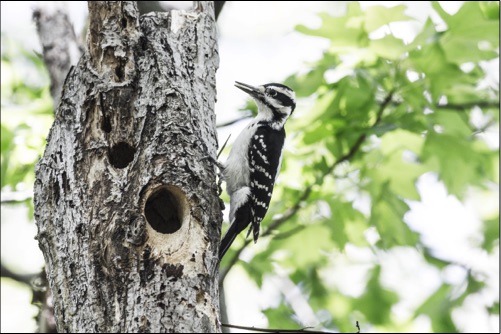
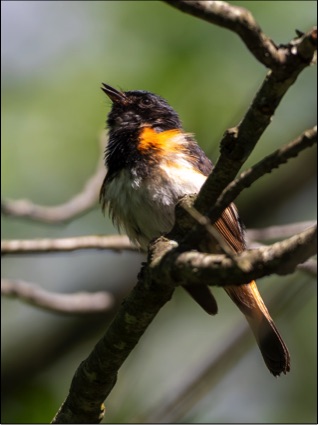
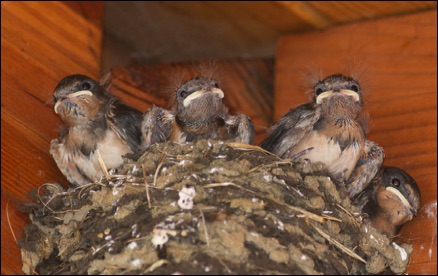
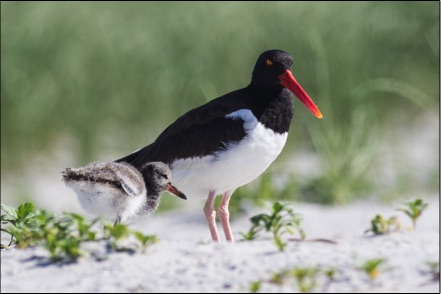


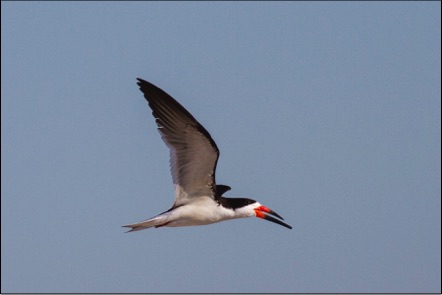
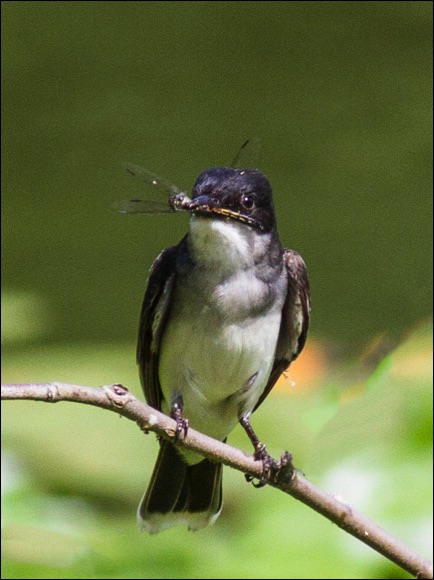
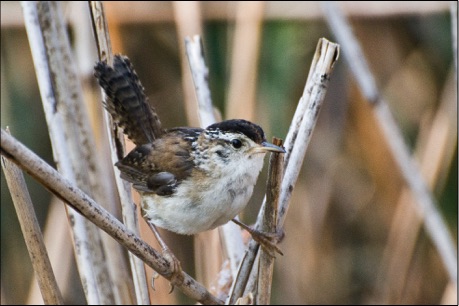

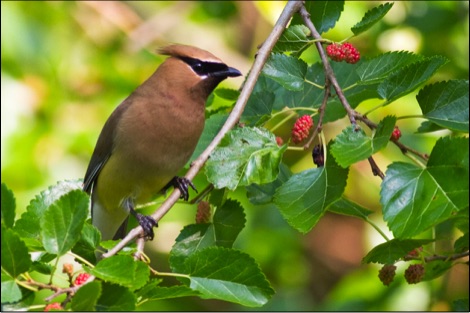
Lots of Cedar Waxwings in bothe sections of the park. They're usually up pretty high in the canopy.
